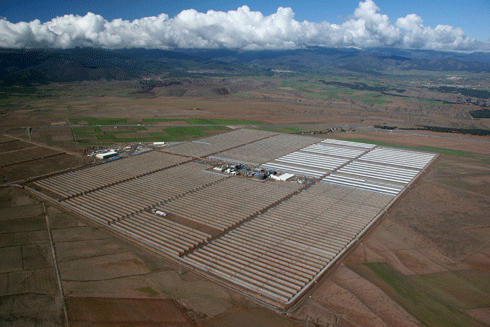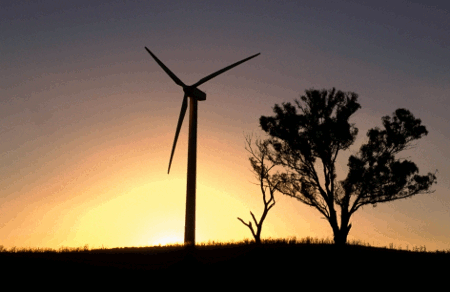
|
Published: 19 September 2011
Clean energy group launches road map for large-scale solar
The Chief Executive of the Clean Energy Council (CEC) warns Australia has five years to get the foundations in place for a sustainable large-scale solar industry, or it risks missing out on a huge economic opportunity.
At the recent launch of the CEC’s Large-Scale Solar Policy Roadmap, CEC CEO, Matthew Warren, said Australia needs to capitalise on the interest the Federal Government's $1.5 billion Solar Flagships program has generated among international investors, who are sinking billions of dollars into projects in other countries.
According to Mr Warren, in the second quarter of 2011, the US Department of Energy ramped up its investment to $12 billion, divided among 12 solar projects.
‘Once again, we are not at risk of leading the pack, but of falling behind,’ said Mr Warren. ‘We need to put an end to the brain drain and keep our brightest solar minds delivering local innovations.
‘Australia has a proud history when it comes to scientific breakthroughs. We need to harness this and apply it to the new challenges facing us in the global effort to avert dangerous climate change.’
The CEC’s roadmap provides a snapshot of current large-scale solar projects and policies across the globe, including Spain, Germany and the US.
Mr Warren said it was critical that state and federal governments began working with the industry now to create a more favourable policy and investment environment.
‘There are solid funding commitments from state and federal governments, but very little money has made it into projects on the ground yet.
‘Australian solar technologies are being rolled out across the world, but locally we’re not getting the jobs and other economic benefits that come with these major projects.
‘Figures from Bloomberg New Energy Finance show that around $41.7 billion was invested [globally] in clean energy in the second quarter of 2011 alone.
‘We need to look at new industries beyond the mining sector that can increase our national productivity and help to power the slower half of our current two-speed economy.’
Mr Warren says key actions for governments to address in the next five years include:
-
Creating a stable policy environment to facilitate investment in large-scale solar
-
Creating a pipeline of projects required by 2020, 2030 and 2050 in order to achieve cost reductions and build local capacity
-
State government support for land acquisition and licensing frameworks, streamlined planning processes and revenue subsidies
-
Facilitating grid connection
-
Improving the quality and quantity of solar resource data
Source: CEC




